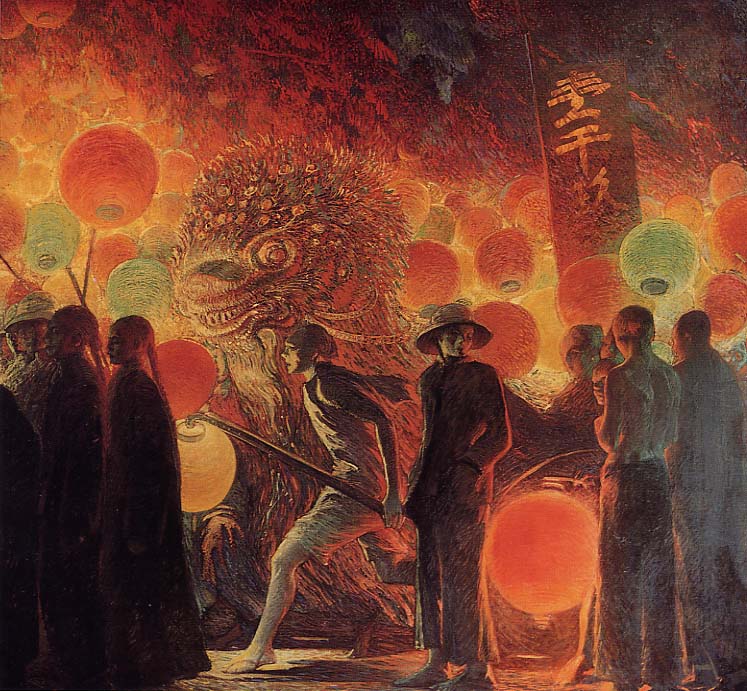The lecture will be held in Italian
The Italian Cultural Institute, in collaboration with the Consulate General of Italy in Sydney, is pleased to present the lecture by Prof. Valerio Terraroli titled
“Exoticism. The Orientalist Taste in Italian Art from the Late 19th Century to the First Half of the 20th Century”
with musical interludes by Maestro Mauro Colombis
Alongside the artistic and cultural movements that brought radical changes to European taste in architecture, the visual arts, and decoration, there runs an underground current that originated in late Romantic culture and re-emerged with vigour during the Symbolist period in the second half of the nineteenth century. This current both accompanies and partly intertwines with various aspects of modernity.
At its core lies the phenomenon of eclecticism: a cultural and aesthetic attitude nourished by continuous references to and reinterpretations of past styles, as well as by themes and forms drawn from non-European cultures, broadly defined as exoticism. This reflects a state of mind based on dreams, imagination, and the free blending of artistic forms.
Essentially, it represents the display and nostalgic reworking—closer to a novel or a romanticized historical reconstruction than to a faithful restoration—of the immense heritage of artistic forms passed down through history, often inspired by distant worlds, both in time and space. Within Orientalist sensibility, influences from Egyptian and Assyro-Babylonian art, the ancient Mediterranean, Islamic architecture (from the Alhambra in Granada to Persia), Japan, the Middle East, China, Indochina, and African civilizations coexist in harmony. The aim is to recreate atmospheres, evoke faraway worlds, and embody the bourgeois dream of “other” places beyond everyday reality, tracing a constant nostalgic dialogue between modernity and history.
Italian Orientalism, in comparison with European trends, is particularly rich in this variety of invention and expression. It inspired fascinating interactions with modern taste, from Liberty to Déco and the early twentieth century—for example, in the Coppedè district in Rome or the Vittoriale degli Italiani, Gabriele d’Annunzio’s final residence—as well as luxurious furnishings for ocean liners and decorative projects for cinemas, theatres, cafés, and elegant bourgeois homes. This movement involved artists, architects, and designers of exceptional talent, including Pasini, Saccaggi, Valli, Chini, Bugatti, Ponti, Andloviz, Nonni, Portaluppi, Buzzi, Dattilo Rubbo, Cecconi, and Faruffini.
Prof. Valerio Terraroli
Art Historian, University of Verona
Valerio Terraroli is Full Professor of Modern and Contemporary Art History at the University of Verona. His research focuses on the relationships between decorative arts, applied arts, and the fine arts in the nineteenth and twentieth centuries, with special attention to Symbolism, Art Nouveau, and Art Déco.
He is the author of numerous essays and books published in Italy and abroad and has curated major exhibitions dedicated to collecting, Orientalist taste, and European decorative arts. He collaborates with museums and academic institutions internationally and is regarded as one of Italy’s leading experts on the dialogue between the visual and decorative arts from the nineteenth to the twentieth century.
The lecture will be held in Italian.
Free event – click HERE to book







